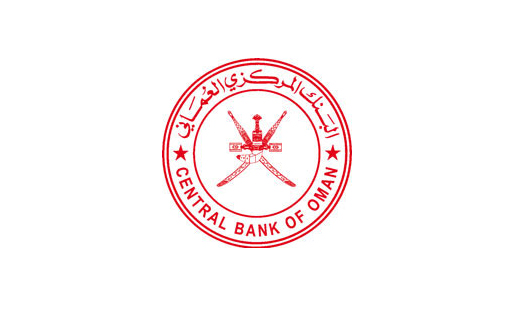

Insurance penetration and density levels in the Sultanate are well below global averages — trends that underscore the untapped potential of the nation’s insurance industry, according to the Central Bank of Oman (CBO).
The apex bank said in its newly published Financial Stability Report 2017 that insurance penetration — defined as the ratio of insurance premiums to the Gross Domestic Product (GDP) — was pegged at around 1.8 per cent last year. While comparable to that of GCC countries, this figure remains well below the global average of 6.5 per cent, the report said.
Similarly, insurance density — defined as the ratio of premium underwritten per capita — averaged RO 99 in 2016 (down from RO 107 a year earlier). This compares with a GCC average of RO 141 and a global average of RO 252.
Both figures are indicative of the existence of large underserved and unserved market segments that offer promising opportunities to insurers, according to the Central Bank. “From the traditional metrics, Oman appears to be relatively under-insured. Therefore, it continues to offer ample growth opportunities to insurers. The indicators used to measure the development of insurance sector indicate that there is significant space for growth of the insurance sector in Oman,” the report said.
Significantly, the report also underlines the need for “stringent risk management regimes” to safeguard insurers from potential losses, given the skewed nature of premium retentions and loss ratio trends.
Gross premiums collected by insurance companies topped RO 455 million in 2016, up two per cent from the previous year’s high of RO 442 million.
The general (non-life) segment accounted for a sizable 85 per cent share of the total. Within the general segment, motor insurance contributed a 35 per cent share.
Of particular concern, the report noted, was the high proportion of the premiums retained by the local insurer versus the proportion transferred to the re-insurer — a ratio that confers a proportionately higher risk on the former.
On average, local insurers retained about 57 per cent of the risk, while offloading the rest onto re-insurers. For motor insurance, however, the local insurer retained a hefty 83 per cent of the premiums, consequently taking on a proportionately higher risk as well.
Around 22 firms thrive in Oman’s insurance sector, which has also seen the entry of two sharia-compliant takaful firms.
Conrad Prabhu
Oman Observer is now on the WhatsApp channel. Click here



